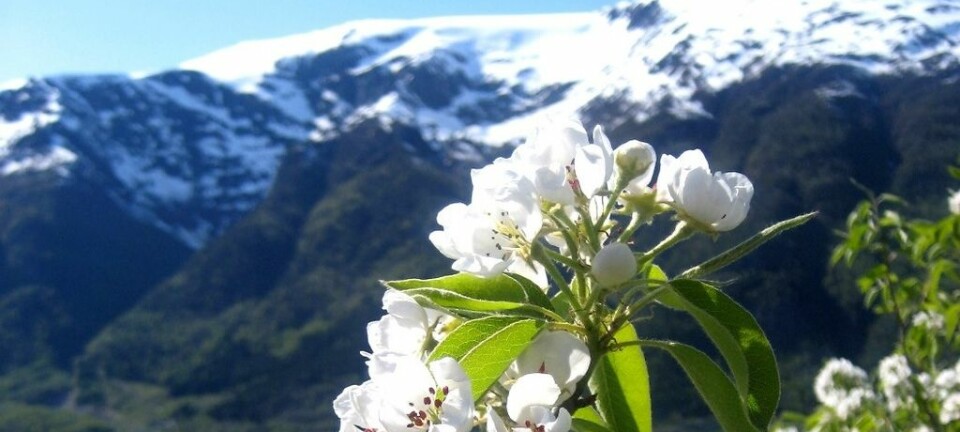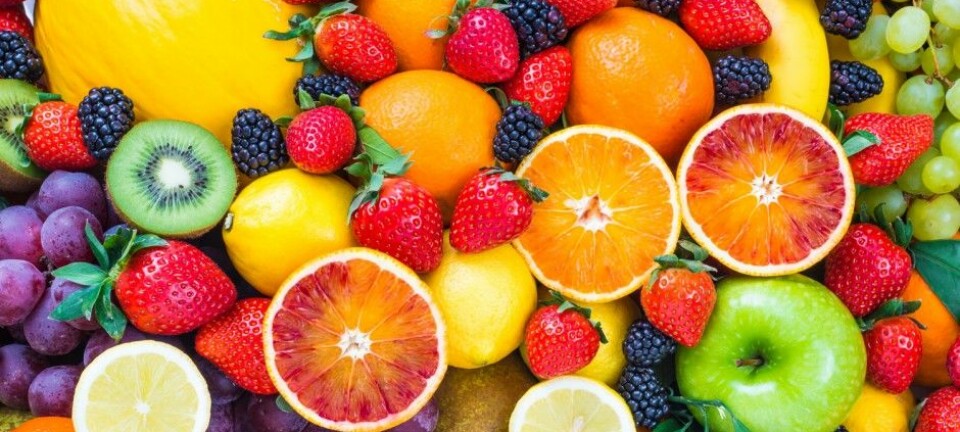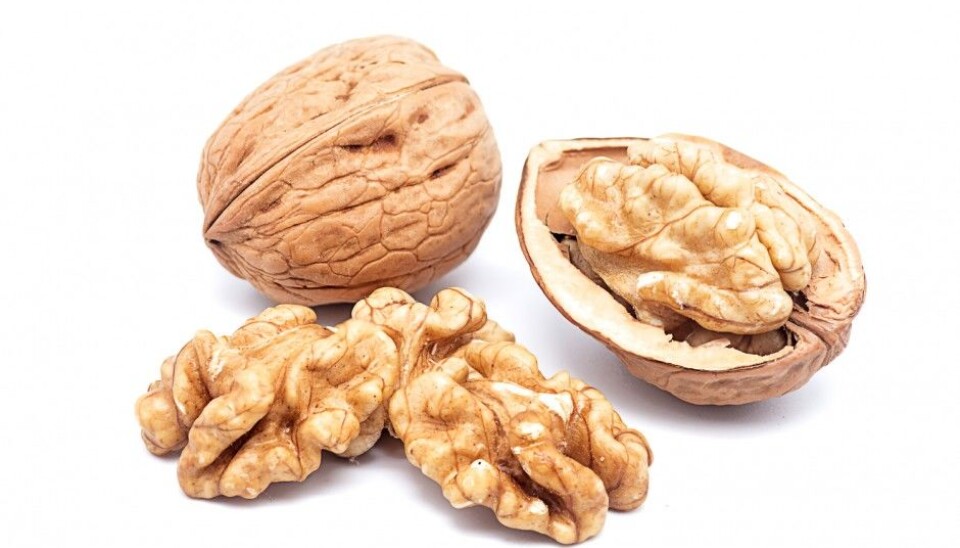
Walnuts are fruits, not nuts - but does it matter?
Biologists shy away from the term vegetables and they consider bananas to be berries. Why do they use other names than the rest of us?
Have you run into people with severe nut allergies who will eat peanuts, because they are legumes, not nuts?
Or have you placed a fruit platter on the table and heard a guest say that those bananas and oranges are actually berries?
We asked a biologist why scientists classify things in the plant kingdom so differently from the rest of us.
Anne Krag Brysting is a professor in plant taxonomy at the University of Oslo.
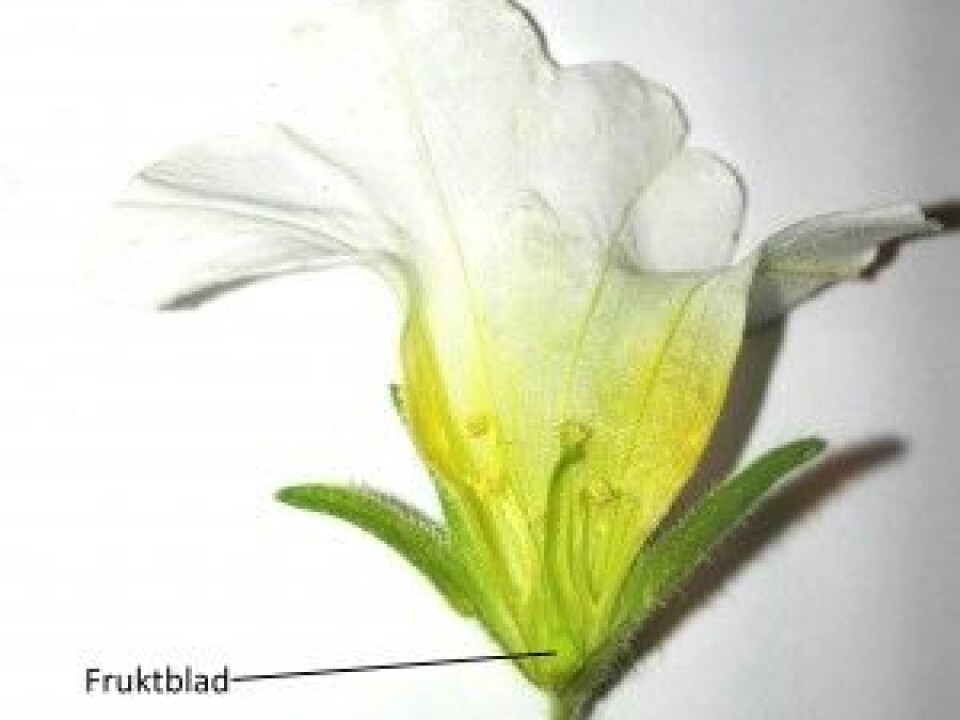
She explains that biologists divide nature into categories to make it easier to communicate with one another. Fruits and other types of vegetation are categorised according to their basic structures.
Chili is a berry
Fruit in a botanical context is the seed-bearing part of a plant. Fruit is the mature ovary or ovaries of one or more flowers. When the ovary swells up it becomes a fruit with one or more seeds inside.
Brysting says biologists generally look at three things when dividing fruits into types: Whether the fruit is dry or fleshy, whether if breaks apart to discharge seeds or doesn’t and whether it is composed of one or more ovaries.
There are simple fruits, which develop from a single or a compound ovary. These can have dry flesh. Then there are aggregate fruits, which do not develop from just the ovary, but also the flower itself. These are also known as false fruits, as some of the fruit is not from the ovary, but from the adjacent tissue. Strawberries, apples and pears are typical false fruits.
Adding to the confusion, we eat different parts of fruits. The part that is edible, however, is not the concern of biologists when placing plants into their categories.
It is hard to picture, but coconuts, almonds, peppercorns and mangoes are all the same sort of fruit. They are stone fruits, also known as drupes.
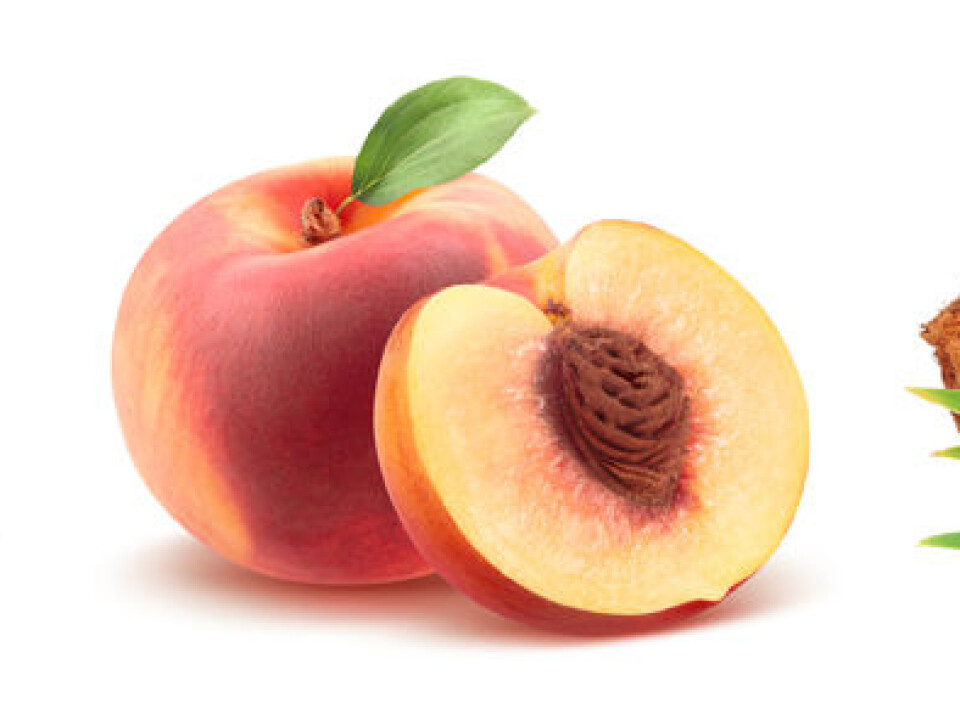
This is because we eat the seed of the almond, on mangoes we eat the fruit wall or pericarp, on pepper we eat the entire fruit, usually after grinding it, and when it comes to coconuts we eat the nutritient part which is meant to serve the seed as it grows.
If we compare drupes they have their similarities. They have a rather thick peel or shell and they have one seed with soft fleshy fruit around it.
Berries have much in common with drupes, but they usually have multiple seeds. So they are called aggregate fruits.
On exception is the avocado, which Brysting informs us is counted as a berry, even though it only has one seed.
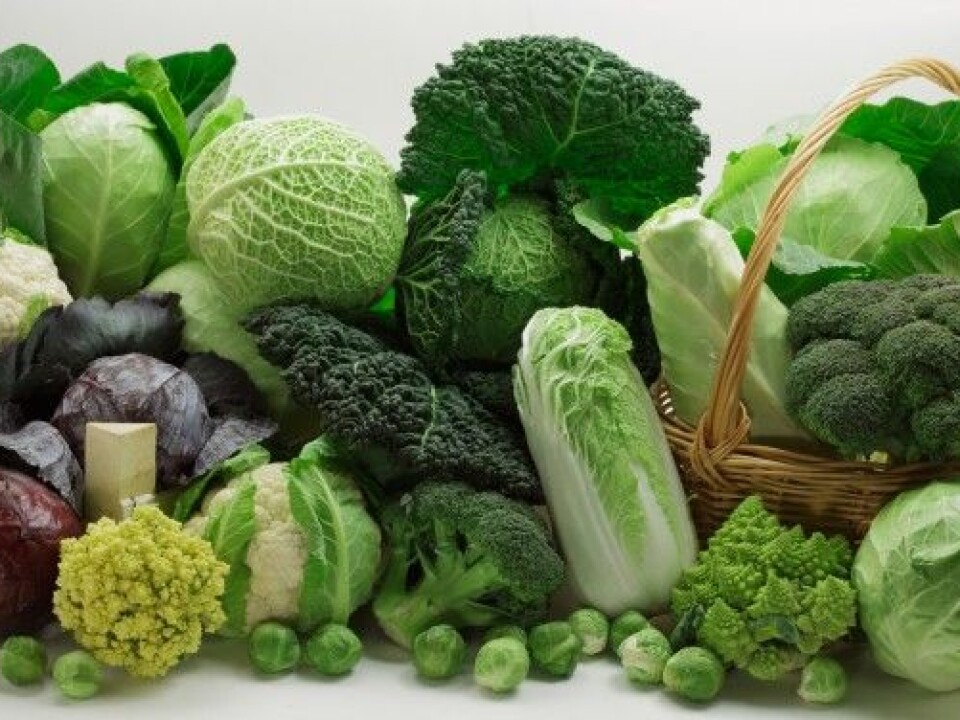
Among the berries you also tomatoes, chilies, blueberries, melons, oranges, bananas and kiwis.
But raspberries and blackberries are not categorised as berries. They are not just one fruit, but rather a cluster of small stone fruits that have grown together. These have more in common with a mango — or like a bunch of small mangoes.
Wild cabbage led to broccoli
Biologists do not think in terms of vegetables when categorising members the plant kingdom. The word has no clear biological meaning because vegetables are one or more parts of a plant that can be used in various ways.
Brassica olerace, or wild cabbage, is a good example of a plant that is used as a food. All types of cabbages descend from them, says Even Brattberg of the Norwegian University of Life Sciences (SNL).
Head cabbage developed down through pre-history and history as humans repeatedly planted seeds from the plants that grew with the largest buds and the shortest stems.
This is selection in animals is breeding and cultivation when it comes to plants. Plants that have characteristics which can be maintained through propagation, mainly by us, are called cultivars.
Kale, or leaf cabbage, is the nutritious flower of the plant. Broccoli is a cultivated flower and stem. Kohlrabi, or turnip kale, is a cultivar with an edible stem.
So many things
In addition to all the different cabbage varieties and offspring we have carrots, which are roots; peas which are the seeds of a legume; onions which are leaves; ginger and turmeric which are underground stems – or rhizomes.
The latter two lead us from your fridge to your spice rack. Spices are another category with no botanical meaning. Spices can be just about any part of a tree or plant, from leaves and flowers to bark and roots.
But biologists do recognise the herb! And what qualifies as an herb? It is a seed-bearing plant with aerial parts that do not persist above ground at the end of the growing season. In other words, the part we see dies. It is also a plant with no bark on its stem, points out Halvor Aarnes, a plant physiologist at the University of Oslo.
This gets mind-boggling again, because bananas are herbs but that rosemary you probably have in your cupboard is not.
Daily usage
Brysting explains that in biology and botany there are always things that don’t fit fully well into the pigeonholes we have given them, and fruits are no exception – because they too have exceptions.
Most of the classifications of fruit come from Germany, centuries ago. The categories were made on the basis of the fruits that were available at the time. So some exotic fruits like the lychee and the rambutan are pieces that don’t fit into the jigsaw systems well.
Botanical hair-splitting and definitions are not that important in our daily discourse, admits Brysting. So we are not wooden-headed when we call a walnut a nut, even though botanically it is a stone fruit, just like peach.
With a clear conscience we can call a raspberry a berry and a peanut a nut. No need to give your grocer a hard time for placing carrots and cabbages in the vegetable section.
———————————————————
Read the Norwegian version of this article at forskning.no
Translated by: Glenn Ostling







